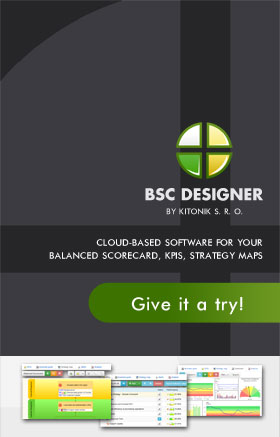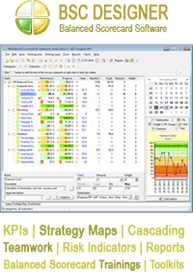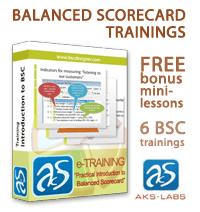Measuring Call Center Efficiency through Cost per Call Metrics
A call center is like any other business in the sense that it measures its efficiency the way traditional businesses measure theirs. Generally, efficiency measures involve comparison of cost against revenues. The higher the actual profit margin, the more efficient the company is supposed to be. In the case of call centers, much of the performance evaluation will focus on cost per call metrics; whereas in others, in a manufacturing company for example, product unit cost metrics will be the most applicable. Call centers naturally will be very concerned with how much is spent on calls in comparison to actual revenues generated.
Per call expense, in order to be an effective measure of call center efficiency, will be composed of telephone bills presented by telecommunication service providers, the cost of equipment, and other services. Ironically, these expenses account for only a small percentage of total per call expense. Labor costs, which include employee wages, paid incentives, and benefits account for a hefty 67%, the biggest factor affecting profitability or efficiency ratios. There is no denying the fact that profits are the ultimate measure of business efficiency and call centers, to reduce per call expenses and raise their efficiency levels, need to look at their labor costs closely. Call centers are well aware of this and this is the reason many of them are resorting to outsourcing to third world and emerging countries.
One way to cut down on labor costs is to raise labor efficiency. This means maximizing call center agent time. Raising the number of calls a call center agent makes in an hour or day can generate more business and should reduce the percentage of labor expenses to per call cost. This scheme is an ongoing practice in some call centers. Some even put daily quotas to maximize time and agent utilization. However, this scheme has certain pitfalls and is only one of many schemes that call centers use to raise productivity. One of the drawbacks of maintaining many clients may be poor quality of calls, as agents naturally would be pressured to make more calls to meet their quotas. However, this can be remedied by constant coaching. Focusing on the call center agent is a sound strategy of raising overall center and individual productivity and improving efficiency, although, of course, in the case of the latter, the quality of calls must be factored in.
Evidently, the problems posed by per call cost metrics as a method of measuring call center efficiency are weighty enough to compel call centers to resort to outsourcing in countries where labor costs are relatively lower. The number of call centers putting up operations in these cheap-labor countries attests to the profitability of call centers once labor issues are addressed.
Cost per call metrics is the best way to measure call center efficiency, as long as all of the important and biggest sources of financial resources outlays are included in its computation. Overall efficiency is easily determined and by keeping tabs on an agent’s number of calls daily, it is also an effective tool for measuring individual performance efficiency.
—
If you are interested in Cost Per Call, check this web-site to learn more about cost per contact.


